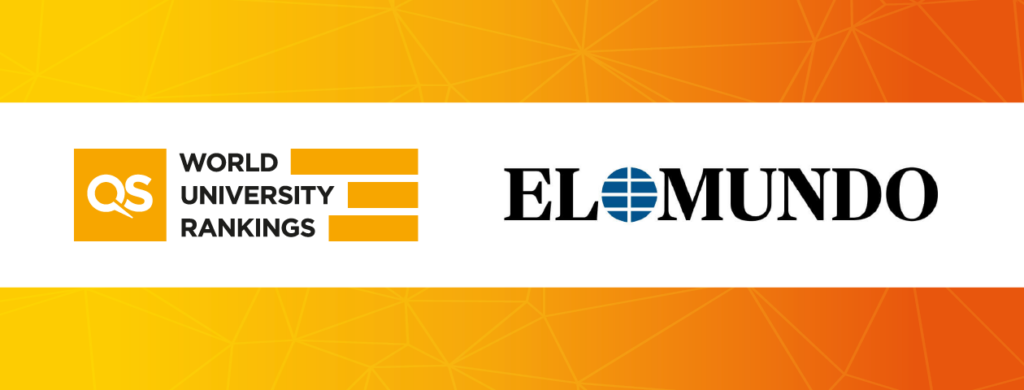Asian universities dominated this year’s QS Top 50 Under 50 ranking, as some of the leading British and American universities founded in the 1960s ceased to be eligible for the exercise.
The top five in the ranking, which is restricted to universities established in the past 50 years, were all from Asia. For the second year in a row, the Hong Kong University of Science and Technology was top and Singapore’s Nanyang Technological University second.
With Warwick University dropping out having celebrated its 50th anniversary, Kaist, the Korea Advanced Institute of Technology, moved up to third, ahead of City University of Hong Kong and the Pohang University of Science and Technology (POSTECH), also from South Korea. Maastricht University, in the Netherlands, was the leading European representative in sixth place, followed by the top American foundation, the University of California, Irvine.
The ranking, which was published for the second time, underlined the scale of Asia’s investment in higher education over recent decades. Hong Kong UST was established only in 1991 and, despite the advantages enjoyed by older institutions, is already 34th in the overall QS World University Rankings. The leading 11 young universities all appeared among the top 200 of all ages in 2013.
In addition to Warwick, Lancaster, Macquarie and Essex universities dropped out of this year’s ranking on grounds of age. This year’s table included four universities founded in 1965, six from 1966, and one from 1967, so there will be at least 11 new entrants over the next three years.
Ben Sowter, head of research at QS said: “The dynamic nature of this ranking makes it an interesting comparison with our global and regional rankings. In an industry where a longer history is often seen as more desirable, universities which have been established for longer often hold reputational advantages over younger institutions. By focusing on the performance of these younger institutions alone, the list aims to spot the up-and-coming higher education powerhouses in the global arena.”
There were six new entrants in the 2013 ranking: two from Australia and one each from Israel, Portugal, Spain and the US. Ben Gurion University of the Negev was the highest new entrant, in 39th place.
Despite having only one university in the top 20 – the University of Technology, Sydney – Australia boasted the largest number of institutions in the ranking, with eight. Spain came next with five. Mr Sowter said: “Whilst Asian institutions may dominate the top of the list today, Australia’s many young institutions may close the gap shortly.”
The QS Top 50 under 50 is based on results from the QS World University Rankings 2013/14, using all six of the measures in the broader exercise. The full ranking is available at www.TopUniversities.com/50under50




